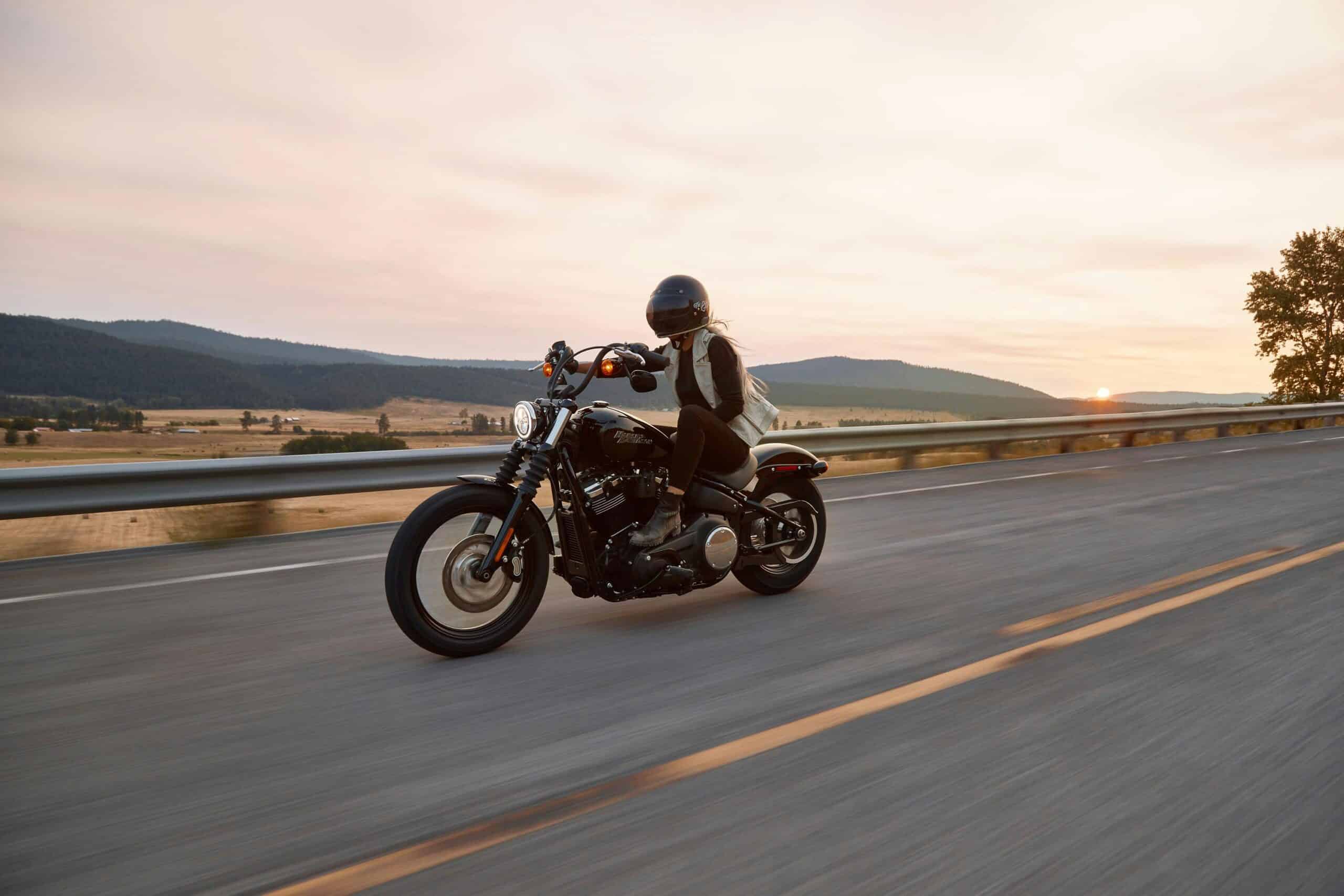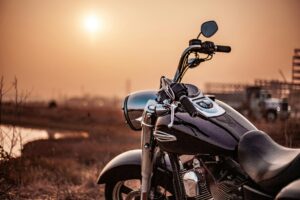Having a motorcycle that you can use to hit the open road can be a joy for many. Just feeling the wind against your body and no barrier is unlike any driving experience that cars and trucks can give you. However, to ensure your utmost safety when getting behind the handlebars, you need to undergo a pre-ride maintenance safety check.
Tires
Your tires are one of the most important parts of your motorcycle, as they’re what connects you to the tarmac. It’s best to give each tire a good lookover before hopping on your bike. You want to look for any unwanted bulging, uneven wear, and embedded objects. Use a tire pressure gauge to ensure that your tires are properly inflated. If not, be sure to add air until you reach the recommended pressure listed on the outside of the tire.
Rims
Next up, you’ll want to closely examine your rims, also referred to as your wheels. You want to see if any of the spokes have broken or are missing. Check the cast for any dents or cracks, and make sure there’s no excess grease. Grab each tire at its top and bottom. You want to try to move the tire to see if it wobbles. The tire shouldn’t have any give from top to bottom. Be sure to spin the wheel and listen for any growling or odd noises.
Lighting
It’s a good idea to test out all of your lights before hitting the road, even if you don’t plan on driving at night. You never know when plans may change. Start by assessing your headlight. Make sure that the beam is glowing and there’s no cracking on the lens. It can be helpful to park your bike with its front facing a wall so you can check the angle of your headlight beam to ensure that it’s in an adequate position.
After checking your headlight placement, be sure to check your taillights and brake lights. It can be helpful to have another person check while you’re applying the brakes. Make sure that all your lights are working and there is no crack in the lens. Lastly, you’ll want to test both of your turn signals. Make sure that both the front and rear turn signals are working properly.
Hoses
Fortunately, motorcycles do tend to have most of their engine components exposed. This can be great for checking them but also leave them more susceptible to damage. It’s a good idea to visually inspect all of your hoses to ensure that they’re in good working order. Look for slight cracks, any leaking fluid, unwanted bulging, or chaffing in the lines. Make sure that your hose is routed in a safe location and isn’t interfering with your other bike operations, like turning or your suspension.
Fluid Levels
You never want to leave for any ride unless you check the fluid levels in your bike. These fluids include your oil, fuel, brake fluid, coolant, and potentially wiper fluid, depending on your specific bike’s construction. Remember that your bike needs to be level in order to get a proper reading for all of these fluids.
Horn and Switches
Lastly, you’ll want to test out your horn and switches. Simply make sure that your horn sounds loud. Test all of the switches on your bike display to make sure that they’re working correctly. You don’t want to end up fumbling around with a broken switch while trying to maneuver down the highway on your motorcycle.
Conclusion
Riding a motorcycle is an exhilarating experience but it does not come without risks. Riders are at higher risk of injury than those in a car or truck. In 2021, there were 5,932 fatal motorcycle accidents in the US. Accidents can happen for a number of reasons, including mechanical problems. Before heading out for your next ride, remember to take these important steps to inspect your motorcycle and ensure your safety.





